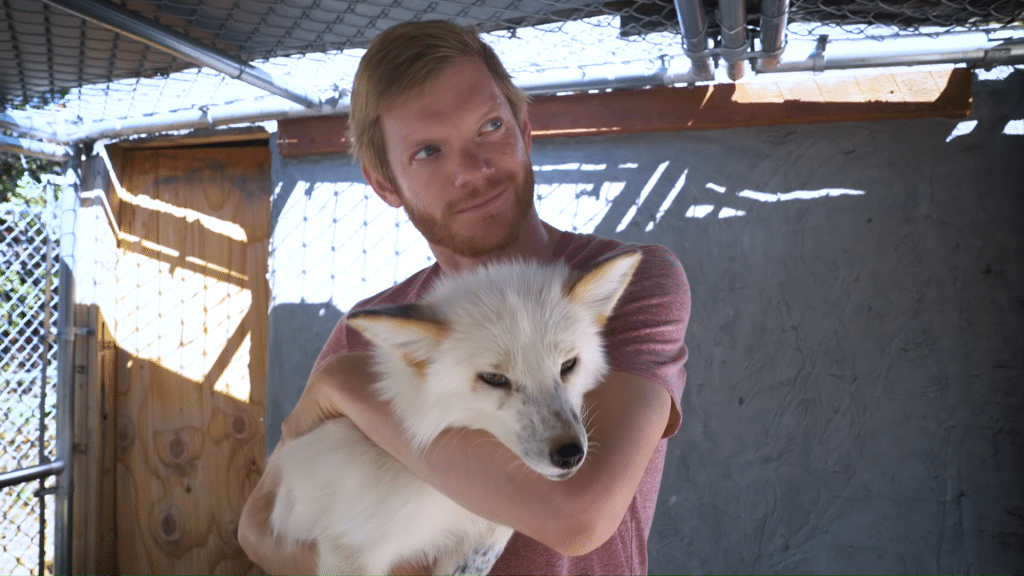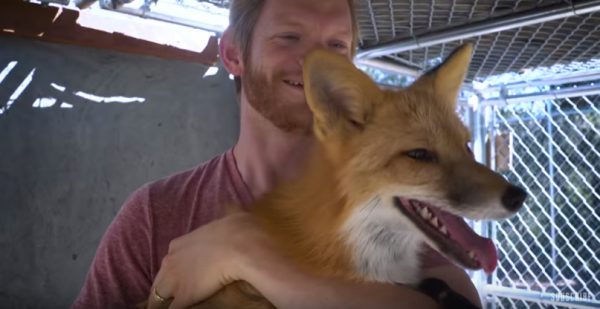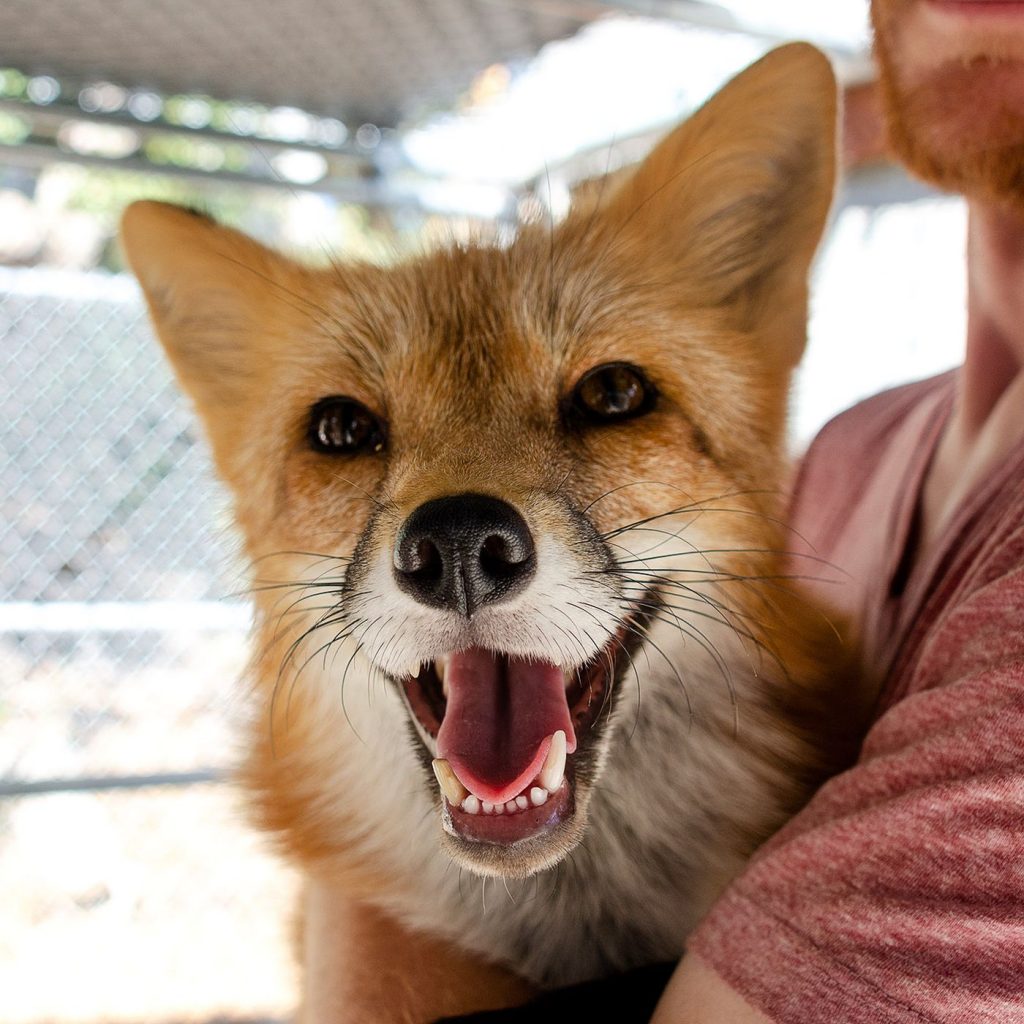These adorable foxes are super cute and friendly, but are they tame?
Sixty years ago a Russian geneticist named Dmitry Bulyayev (1917-1985) set out to perform the most famous experiment in domestication: The Fox Experiment.
Mr. Bulyayev was the director of the Institute of Cytology and Genetics (IC&G) of the USSR Academy of Sciences, Novosibirsk, from 1959 to 1985. He wanted to know how it came to be that dogs were domesticated, so he began a selective breeding program using foxes.
The premise of his experiment was very simple. He chose the most friendly and least aggressive wild foxes and began breeding them. Of those offspring, he again chose the friendliest and least aggressive, and so on; This breeding program went on for decades-60 years, in fact.
The outcome of his fox breeding program resulted in 70% of the foxes reaching an “elite level of friendliness.” Which means, those fox will greet people, wag their tail, accept treats, show no fear or aggression, they will interact, but then they move on. They are very curious but act nothing like a dog.
David and Amy Bassett of the Judith A. Bassett Canid Education and Conservation Center own 5 out of 10 of the Fox Experiment foxes located in the United States. According to them, the fox are social but not socialized. They cannot be housebroken and can’t live indoors unless you want them doing their business all over the house. In other words, they are friendly but not domesticated. They also say it’s important to note that some of their behavior might be influenced by the fact they were hand raised in a laboratory rather than in a family home environment.
In an experiment in this video, the host William Poor, is seen entering a pen and sitting inside a circle. The purpose of this is to see just how friendly the foxes are to a stranger in comparison with a dog. Each fox that enters the pen is clearly friendly and curious, it enters the circle and approaches William. However, each fox quickly leaves the circle and never returns. In contrast, when a dog enters the pen, the dog is happily jumping on William and wants to interact with him.
The Fox experiment is very interesting and has led to many breakthroughs in the study of genetics and domestication of dogs. It’s often referred to as a stepping stone in the study of the evolution of wolves to dogs since the gene experiments can be controlled by comparing domesticated and wild genes with associated behavior and DNA.
There is a lot written on the subject. A quick Google search will lead you to many studies and books if you want to learn more.
Please share this interesting story with your family and friends.




Leave a Reply